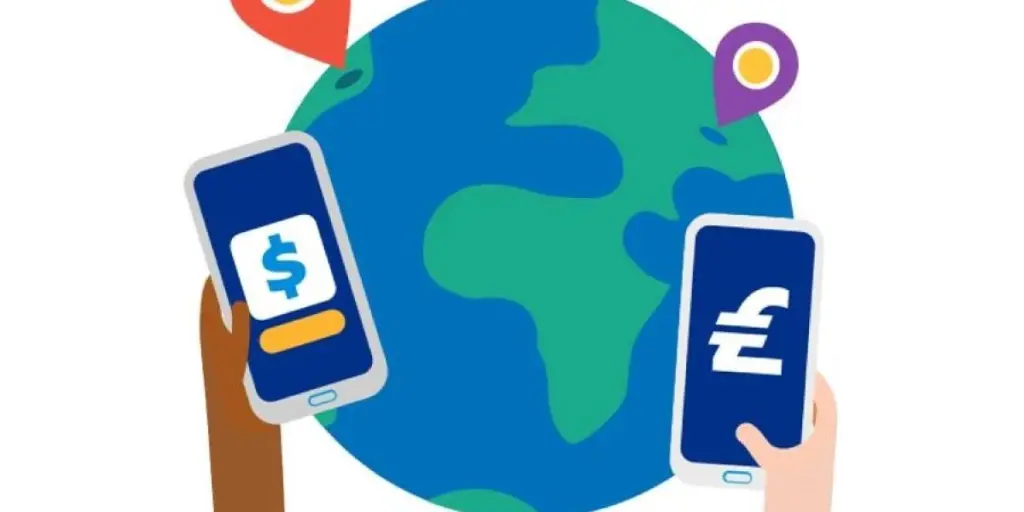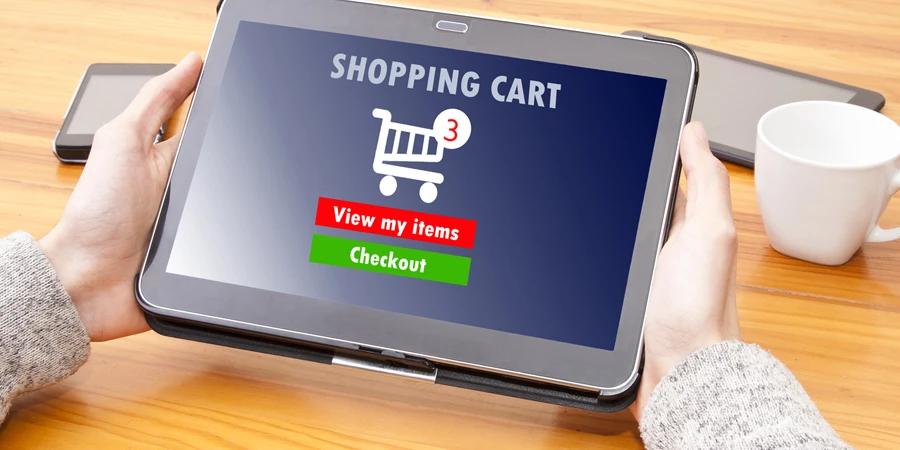It is not a surprising fact that the pandemic has had an outsize impact on the global economy at large. But when looking at e-commerce in particular, it may come a little as a surprise when confronted with the McKinsey estimation that the world has gone through 10 years’ worth of e-commerce adoption within a compressed period of three months.
In this article, we’ll go through the different ways in which the pandemic has impacted e-commerce and the digital economy within the US. We’ll be looking at e-commerce sales, and how the shift to an e-commerce-first paradigm has influenced consumer shopping behavior, order fulfillment methods, and the modus operandi of a number of key industries across the market.
Table of Contents
E-commerce sales over the pandemic period
Changes in consumer shopping behavior
Emerging opportunities in e-commerce as a result of the pandemic
Tapping into B2B and B2C online marketplaces in the age of e-commerce
E-commerce sales over the pandemic period
A report from Statista on the impact of the pandemic on e-commerce in the US shows that e-commerce share in total retail sales actually grew from 11% pre-pandemic to 22% at the peak of the pandemic.
As many countries, including the US, introduced lockdown and stay-at-home measures to mitigate the impact of the pandemic, more and more Americans turned to the internet to purchase everyday items such as food, health and personal care products, as well as electronics.
Statista year-on-year growth figures for retail-oriented online debit and credit-card spending considered as a proportion of total sales in the US show that while the figure was at 19% in January 2020, it peaked to 26% in January 2021.
The report also shows that the number of digital buyers in the US actually grew and is expected to continue growing in the 2017 to 2025 period. The figure rose from 230.6 million in 2017 to 256 million in 2020, 263 million in 2021, and is estimated to reach 291.2 million by the end of the forecast period in 2025.
Changes in consumer shopping behavior

Analyses of the growth within e-commerce cannot be looked at in a vacuum, but need to be considered within the context of the demand and supply forces that drive retail trade. A crucial variable in the acceleration of e-commerce adoption has been changes in consumer shopping behavior across the US — the demand side of retail.
Shift to online at-home spending
Statista figures on the impact of the pandemic on consumer spending across different categories in the US as of February 2021 show that spending increased within a number of sectors. The Groceries/Food for Home sector increased by 17%, Household Supplies by 4%, Pet Food and Supplies by 2%, and the Entertainment at Home, Gasoline, and Vitamins/Supplements/OTC Medicines sectors all saw a 1% increase.
This is contrasted with declines in spending across other categories that were negatively impacted by lockdown measures. Statista report estimates show that the Food Take Out and Delivery sector saw a 10% decline in spending, Books/Magazines/Newspapers declined by 11%, Fitness and Wellness Services (e.g. gym) by 12%, and Meals at Quick-Service Restaurants by 13%.
The crucial point to note here is that consumers were looking for products that suited in-home consumption as out-of-home experiences were limited.
When responding to a query on which attributes were important to them when shopping online, 43% of the respondents (the highest share) pointed to both “fast or reliable delivery, e.g. same day delivery, designated pick-up location, etc.” and “in-stock availability of items I want.” 36% of respondents pointed to being able to quickly and conveniently navigate the website to find products they are interested in as another key attribute.
These advantages of efficiency, convenience, availability, and reliability that online shopping offers, coupled with pandemic-induced lockdowns, have driven up the percentage share of consumers in the US that shopped online compared to those that shopped in-store over the pandemic period.
Increase in social commerce
Another key area to look at when analyzing increases in e-commerce is the uptake in what has been dubbed “social commerce.” Social commerce is a subset of e-commerce and encompasses the buying and selling of goods and services directly within social media platforms.
Figures from the Statista report show that social commerce played a significant role in driving up e-commerce sales over the pandemic period, as users turned to social media for product discovery as well as purchase.
When it comes to the proportion of purchases that were conducted across the various social media platforms, Facebook accounted for 50.7%, Instagram had 47.4%, YouTube had 33.9%, TikTok had 23.9%, SnapChat had 18.8%, and Twitter had 18.5%.
Usage of online B2B purchase channels
Another change in consumer spending behavior brought by the pandemic is increased reliance on B2B purchase channels, particularly online channels such as Alibaba.com and Amazon Business.
These channels enabled professional buyers to continue their procurement activities even in the midst of the pandemic and lockdown measures that restricted movement and the usage of traditional in-person purchase channels.
Usage data in 2021 showed that in the US, the “in-store or vendor’s warehouse” channel had 44%, while the “direct from sales representative” channel had 29%. Amazon Business and Amazon stood at 31% and 19%, respectively. Another online channel that was highly popular over the period is the “supplier’s online portal or app” channel, with 43% popularity among buyers.
Emerging opportunities in e-commerce as a result of the pandemic
Rapid and efficient order fulfillment
Fast delivery is increasingly becoming a key customer demand from online shoppers across various sectors. Report statistics show that the most popular home delivery times within sectors such as Groceries, Alcohol, and Brand Name Food Products are “within the hour,” “same day,” and “next day.”
This means that as more and more consumers move their purchases online, there will be even greater demand for fast delivery services, thus presenting an opportunity for even more efficient fulfillment solutions.
With the ongoing pandemic, there will be continued need for efficient warehousing systems that are able to provide round-the-clock responsiveness, as well as systems that are located near delivery points.
Reshaping of financial services
The boom in e-commerce is also set to reshape the financial services sector in a big way. As the pandemic placed e-commerce at the forefront of retail, an increase was seen in the digital financial services that were provided to small businesses and consumers.
The acceleration of online shopping boosted by the pandemic has increased the need for key services such as digital payments, credit, and insurance that are offered at the point of sale by different non-financial companies. This is known as “embedded finance.”
This surge being seen in embedded finance will serve to improve access to finance for SMEs, as well reduce the costs, and increase efficiency in the digital economy at large. Large e-commerce platforms such as Alibaba.com and Amazon have integrated finance and payments facilitation to their platforms, extending more financial services to various merchants and consumers.
Rise in omni-channel retailing
E-commerce has given rise to omni-channel retailing as consumers seek even more efficient and safe methods to conduct their buying. Mobile apps and social media will play an increasingly important role in the creation of quality multi-channel customer experiences.
Online shopping is no longer limited to in-app or website purchases as more and more consumers begin to use social media for product discovery and purchase. This means there is going to be greater demand for the types of services that facilitate seamless omni-channel shopping experiences.
Tapping into B2B and B2C online marketplaces in the age of e-commerce

Online B2B and B2C trade platforms such as Alibaba.com played a highly significant role during the time that most of the world was under lockdown and business could not continue as usual.
These online platforms enabled businesses to continue conducting cross-border trade when traditional in-person B2B sales channels were either shut down or operating at limited capacity.
Research shows that at present, over 75% of the world’s B2B purchases are already taking place online. Businesses are beginning to tap into online B2B and B2C trade platforms as they serve to help businesses build their online presence, enable them to capitalize on the platforms’ existing buyer demand to expand to a global customer base, and they provide SMEs with access to foreign markets at relatively low costs.
E-commerce platforms are connecting buyers to sellers from all over the world, and facilitating cross-border trade by providing a platform that offers advanced search tools to help buyers find reliable suppliers and procure products more efficiently.
As years’ worth of e-commerce adoption further gets compressed within a short period of time as seen in the US, it has become even more important for businesses to engage on platforms that allow businesses to conduct their operations in a way that is in line with changes in consumer shopping behavior.




